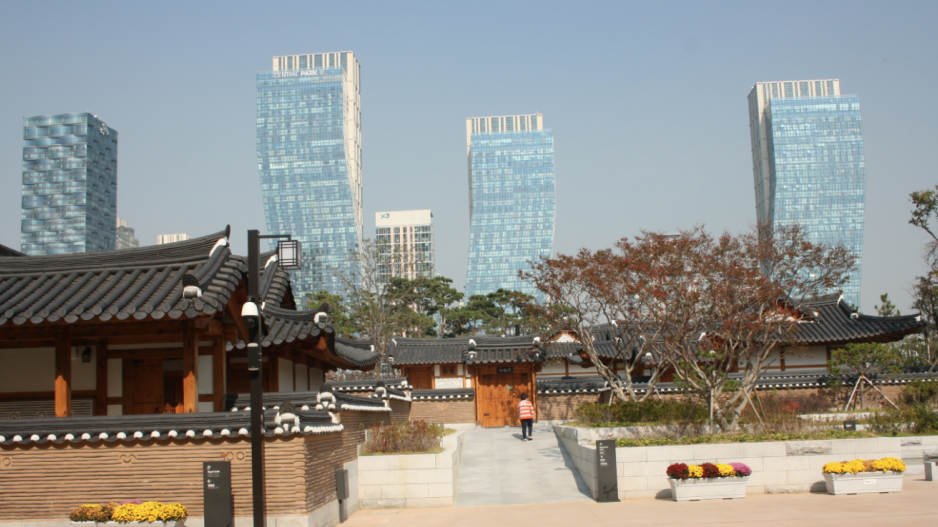While Canada and South Korea’s own free trade agreement (FTA) went into effect in January, the countries’ decision to go to the big FTA ball with different dance partners this year may not do Canadian investors many favours.
“We always think these free trade agreements are about economic policy but half the time they’re not,” said Keith Head, an Asian commerce professor at the University of British Columbia’s Sauder School of Business.
“The implications are more about this grander political theme of who you’re aligning yourself with: Japan, the U.S. or these alternate poles of China.”
Last month, Canada signed onto the 12-member Trans-Pacific Partnership (TPP), which includes Japan, the U.S. and Australia. The TPP is expected to reduce or eliminate tariffs on everything from forestry products to machinery. While Canada could boost its commodity exports, it will also face stiffer competition from auto-sector imports.
Meanwhile, South Korea signed its own bilateral FTA with China in June. Once ratified, the FTA will reduce 90% of tariffs between the two countries, and 85% of trade regulations will be either eliminated or reduced.
Officials from South Korea’s Ministry of Trade, Industry and Energy (MOTIE) and Korea Trade Promotion Corp. are touting the deal as a gateway for foreign companies looking to get into the Chinese market.
“The Korea-China FTA will change the investment paradigm,” MOTIE vice-minister Lee Kwan-sup told reporters through a translator during October’s Foreign Investment Week in Seoul.
He said it used to be only Samsung and Hyundai that would attract foreign investment to South Korea. But Seoul’s FTA strategy – it has signed 52 agreements accounting for 73.5% of global GDP in the past decade – is shifting much focus to other investment opportunities, Lee said.
Despite assurances from South Korean officials, Canadian investors are unlikely to benefit from such an agreement involving Beijing and Seoul, according to Head.
“This is really part of a response to TPP. China and Korea were the two prominent countries that weren’t in the Trans-Pacific Partnership,” he said.
Head added that South Korean President Park Geun-hye is known for her pro-China and anti-Japan rhetoric, while the U.S. is rarely given more than a neutral acknowledgement.
“Korea was partly not into [the TPP] because they saw this as a Japan-led initiative,” he said. “This is a negative to some extent from that perspective because if [China is] planning to go in alternate directions and call together countries that aren’t in TPP … and create a separate thing, that’s just a pain for Canada.”
Canada’s own FTA with South Korea is expected to increase Canadian exports to the Asian country by 32% and add $1.7 billion to the economy, according to Foreign Affairs, Trade and Development Canada.
Head, however, said the best outcome for Canada would be for both China and South Korea to join the TPP.
But he doesn’t see that happening soon, noting that while a dozen countries have signed onto the TPP, no legislative organizations have approved the free trade deal yet.
“TPP may not happen, so China’s certainly not going to sign onto something that may not go forward. But once it does happen, if trade starts to increase, I think that they might apply to join.”
@reporton



